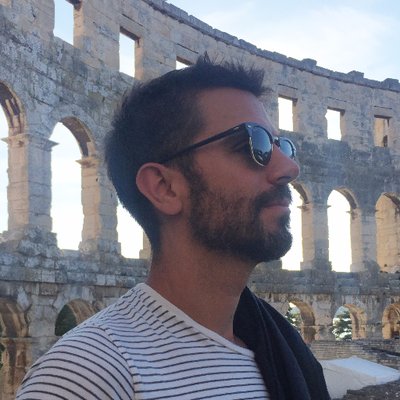Beginning in 2007 with the formation of the Paul Pierce, Kevin Garnett and Ray Allen Celtics and then solidifying with the 2010 offseason when Dwyane Wade, LeBron James and Chris Bosh joined forces, the best NBA players have grown singularly obsessed with becoming teammates with their upper echelon peers. The formula for winning titles throughout the history of the NBA has been for one of the game’s five best players to have at least one teammate that is in the top-15 and preferably a third in the top-30. This new generation of stars knows that and is taking their own team success into their own hands.
There are very few exceptions to this rule and after watching Garnett toil on mediocrely talented Wolves teams for far too many years while Tim Duncan won four titles playing with the likes of David Robinson and then Tony Parker and Manu Ginobili, there is little desire for any player to stay put and forgo legitimate title contention.
The New York Knicks responded to Miami by putting together a lesser Big 3 in Carmelo Anthony, Amar’e Stoudemire and Tyson Chandler after they ran out of assets to pursue Chris Paul.
Paul signed off on a trade to the Clippers to join Blake Griffin in a super-two after his near-trade to the Lakers was vetoed.
And the Thunder built their own Big 3 through three successive drafts when they selected Kevin Durant at No. 2 in 2007, Russell Westbrook fifth in 2008 and James Harden third in 2009.
Unsurprisingly, these four teams (along with the Lakers) each had two representatives on the three All-NBA teams in 2012.
The All-NBA team is a fairly reliable annual measuring stick for the 15 best players in that individual season while taking into account positions. It may skew more toward teams with top-5 records, but truly deserving players are rarely left omitted.
When the NBA expanded voting to include a third team in 1989, the Utah Jazz were the only team with multiple representatives and 14 of the 27 teams had at least one player. That is a 52% share compared to 33% this past season.
Assuming Dwight Howard is traded to the Nets, here is a plausible idea of what the 2013 All-NBA Teams will look like:
G: Chris Paul (Clippers), Kobe Bryant (Lakers), Rajon Rondo (Celtics), Russell Westbrook (Thunder), Deron Williams (Nets), Dwyane Wade (Heat)
F: LeBron James (Heat), Kevin Durant (Thunder), Blake Griffin (Clippers), Kevin Love (Wolves), Carmelo Anthony (Knicks), Dirk Nowitzki (Mavericks)
C: Dwight Howard (Nets), Andrew Bynum (Lakers), Tyson Chandler (Knicks)
That scenario would leave Rondo (Celtics), Love (Wolves) and Nowitzki (Mavericks) as the only members to not have a teammate joining him and nine total teams with representatives. We very well could see a Harden or Bosh find their way onto this team to make three from a single team, something that only happened in 1995 (Sonics) and 2005 (Suns) during the timeframe.
The average number of teams with an All-NBA players over this timespan since 1989 has been 12, but there have been three seasons in which there have just been 10 teams represented and two of them have been since 2008 (the other being 1995).
1989: 14
1990: 12
1991: 13
1992: 11
1993: 12
1994: 13
1995: 10
1996: 11
1997: 12
1998: 12
1999: 12
2000: 13
2001: 12
2002: 12
2003: 13
2004: 12
2005: 12
2006: 12
2007: 13
2008: 10
2009: 12
2010: 13
2011: 12
2012: 10



